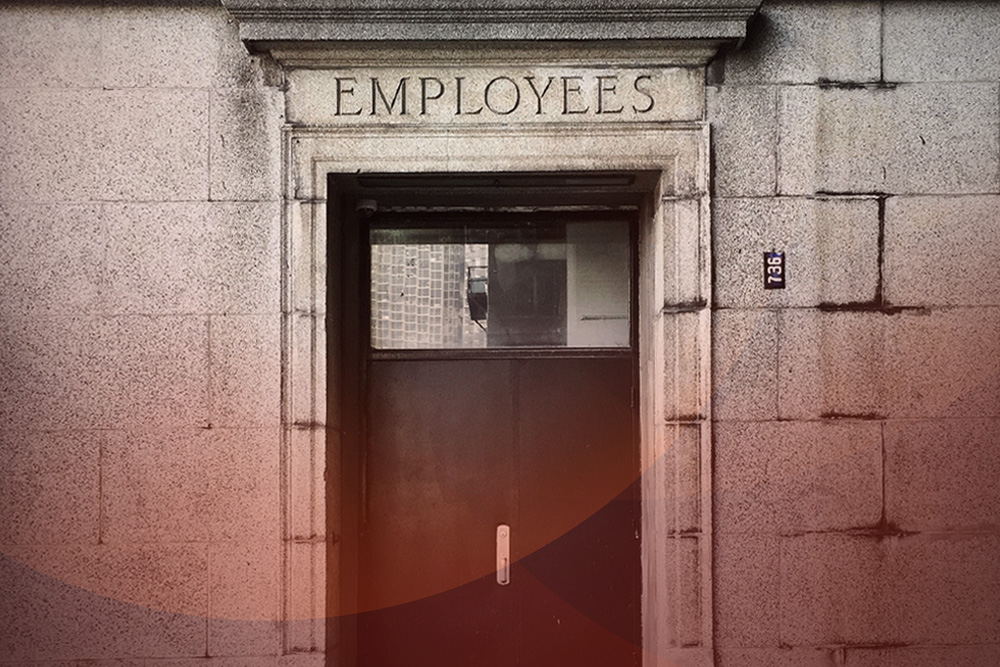There is evidence that recruitment activity is increasing. As recruitment and selection were specialties of mine, I decided to check out the landscape. With dismay, I found examples of dreary job descriptions reminiscent of years ago, written in formulaic tones and empty words.
As a first step, here are some questions to understand the distinguishing characteristics of a job and how it will make a difference.
What are the key challenges? What are the difficulties? What did the previous incumbent do well? What did they do badly? How does the organisation suffer if this job doesn’t exist? What is the best-case impact of this job?
These next questions are often left ambiguous but critically determine the nature of the role and candidate fit:
What decisions can the incumbent take? What autonomy do they have? What are the critical relationships?
The following questions will help you portray the culture of the organisation to get that all-important cultural fit.
What do we get excited about? What do we get angry about? What happens when people get ideas? What happens when people make mistakes? What do we reward people for?
When you put across the job and the firm, back up your answers with examples. Bring out the best, but be honest and also say what you need to get better at.
These reflections will not only help you bring out what is truly important for recruitment purposes. They are also helpful for internal discussions to differentiate performance standards between good and great. So these points add to those I made last week.
Get in touch with us at Scala to discuss how we can help you create a great employee experience.
Contact Us…©Janice Caplan 2020

